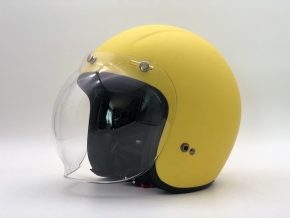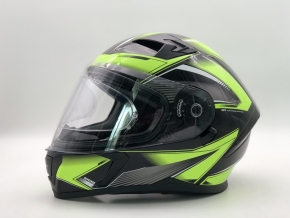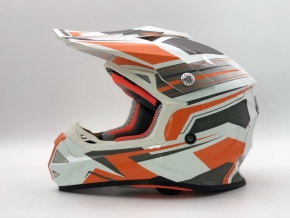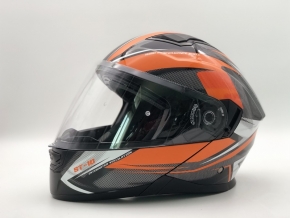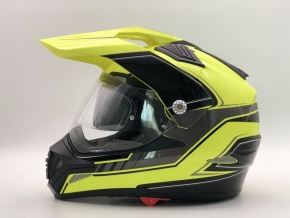"Recently, the price of helmets has risen rapidly, and it is difficult to purchase them. My store has only a few left." Just a short street is crowded with more than 10 electric car sales stores, and Zhang, the owner of an electric car store at the corner of the street, actively talks about the market.
After walking around, the reporter found that although no "three no products" were found, the attached signs of helmets were different. For example, as far as the product name is concerned, there is an "electric bicycle windscreen"“ Electric vehicle helmet ”"Protective helmets" and so on. The column of product standard number is mostly enterprise standard, and there are more than ten standards for more than ten helmets, which represent different materials and performance parameters. It is difficult for ordinary citizens to distinguish the difference.
What kind of helmet should be worn when riding an electric bicycle? What conditions should a qualified helmet meet? The reporter interviewed and found that some citizens did not understand. Li Deren, a citizen in Wanglu, a road bridge, was still a little confused after selecting for a long time. He judged: "Helmets with production enterprise and production date signs should be OK!"
On the streets of Yueqing City, Wenzhou, the reporter observed that some electric vehicle passengers were wearing hard hats. After visiting Ningkang East Road and Jianshe Middle Road in the city, some stores hung safety helmets in conspicuous positions. In an electric car shop on Ningkang East Road, the reporter picked up a helmet and checked it. Inside the helmet was printed the words "safety helmet, produced by Yongjia Protective Products Co., Ltd.". Owner Lin told the reporter, "This model was only seven or eight yuan before, but now it has risen to 20 yuan. Two days ago, many customers came to buy electric vehicle helmets, and bought them at their affordable prices."

Lack of mandatory national standards
Since May, electric vehicle helmets have become "tuyeres", newly registered enterprises related to helmet industry have increased, and many enterprises in plastic, toy and other industries have also taken advantage of the heat to switch production. Zhejiang Fangyuan Testing Group Co., Ltd., located in Hangzhou, specializes in providing socialized and commercialized testing services. During this period, they have received orders from major intermediary companies to do product testing.
However, referring to the testing results of nearly a month, Cheng Li, deputy director of Fangyuan Testing Machinery and Light Industry Testing Department, said, "The report shows that some helmets can not bear the pulling force of 30 kilograms when wearing them, and the shell can not stop the drop of 30 centimeters. On the whole, the quality of electric vehicle helmets is not optimistic."
In Cheng Li's opinion, the electric vehicle helmet is too hard. The key is to see whether the buffer layer and helmet shell can work. "During a collision, the buffer layer can quickly absorb energy and reduce the risk of head concussion, skull injury and other risks. Similarly, the hard shell can also reduce the probability of head puncture injury. But most electric vehicle helmets on the market are not equipped with a buffer layer at present," said Cheng Li.
At that time, the standards were set too high and the market recognition was not high. The enterprise said that it was difficult to implement them. " Lin Ke, head of the Quality Development and Supervision Management Section of Yueqing Market Supervision Bureau, said, "For helmets and other products, the higher the standard, the better. Instead, we should focus on reality and solve the problems such as insufficient safety performance faced by products at this stage."
The absence of national standards leads to the lack of bottom line, and the threshold of standards formulated by enterprises is generally low. Chen Lide, head of the credit and product quality and safety supervision and management section of Luqiao District Market Supervision and Administration Bureau, told reporters that this caused the embarrassment of quality supervision by government departments. It is difficult for supervisors to judge whether the product quality is up to the standard by on-site inspection alone, and even more difficult to investigate and deal with the production and operation of low-quality helmets.



